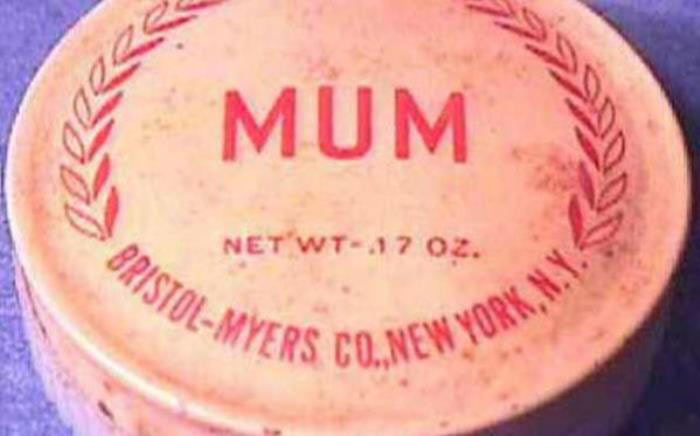Modern people have got accustomed to the various benefits of civilization so quickly that it is difficult to imagine how we managed without them earlier. It is widely known, which health and hygiene problems arose in the people of the Middle Ages. But the most amazing thing is that these issues remained relevant for the women in Europe until the middle of the 19th century! One and a half centuries ago, having a period was considered a disease, which required excluding mental activity; it was a challenge to overcome the smell of sweat; and frequent washing of the genitals was considered the cause of infertility in women.

At that time, having a period was very tough. No personal hygiene products existed – and women relied on reusable pieces of cloth. In the Victorian England, it was thought that mental performance aggravated menstruation symptoms in women, so reading was forbidden. US scientist Edward Clark even argued that higher education undermined the reproductive capacity of women.
In those times, people washed very rarely and reluctantly. Most people believed that hot water contributed to the penetration of infections in the body. At the end of the 19th century, German physician and author of the book “The New Natural Healing” Friedrich Bilz had to persuade people to wash. He wrote that there were people who did not dare to swim in the river or take a bath because they had never been in water since childhood. The physician called this fear unreasonable and added that one could get used to taking a bath after the fifth or sixth time.
The situation with oral hygiene was slightly better. Italian manufacturers began to produce toothpaste in 1700, but it was available to very few people. The production of toothbrushes began in 1780. While serving his prison sentence, Englishman William Addis came up with an idea of drilling holes in a piece of bone, running bristle tufts through them, and then securing them with glue. After he had been released, he was engaged in the production of toothbrushes on a commercial scale.

The first real toilet paper was produced in England only in the 1880s. The first serial production of rolls of toilet paper began in 1890 in the United States. Until then, newspapers were used instead of toilet paper. In this respect, there appeared a joke that Johannes Gutenberg was the official inventor of the printing press and the unofficial inventor of toilet paper.
A breakthrough in the field of personal care happened in the middle of the 19th century, when a medical opinion on the relationship of bacteria with infectious diseases was voiced. The number of bacteria on the body was substantially reduced after washing. The British women were the first to successfully maintain the purity of their body: they began to take a bath with soap every day. But until the early twentieth century it had been thought that frequent washing of the genitals in women could lead to infertility.

The first deodorant appeared in 1888. Before that year, the struggle with the problem of body odor had been very inefficient. The perfume reduced the unpleasant smell, but did not eliminate it. The first deodorant to reduce the sweat gland ducts and eliminate odor appeared only in 1903.
Until the 1920s, hair removal from the female body was not practiced. Hair was washed with soap or a conventional home-made cleaning agent. Shampoo was invented at the end of the 19th century. Lice were a widespread problem. They were fought with in a very radical way – by using mercury, which was considered a cure for many diseases at that time.










